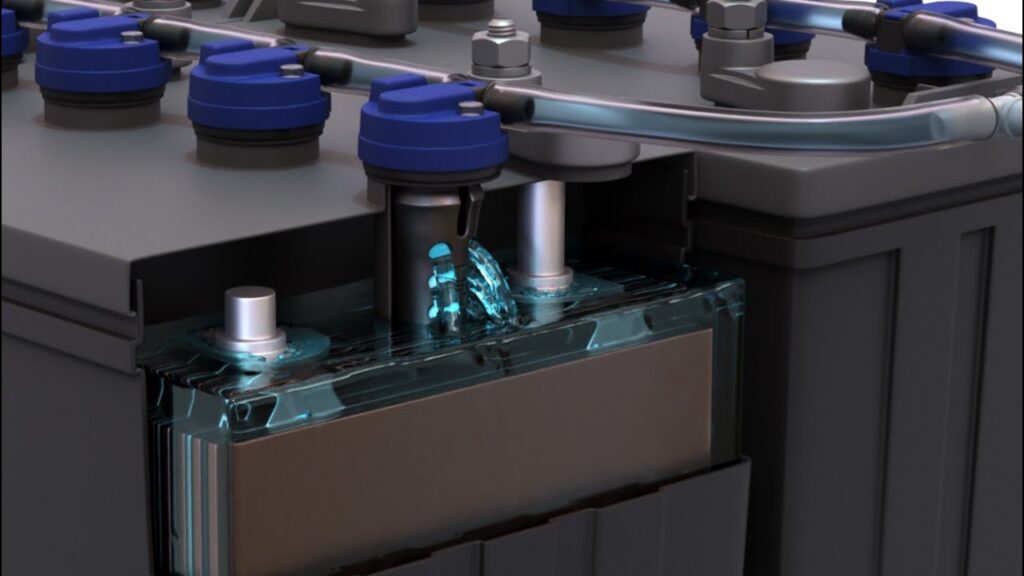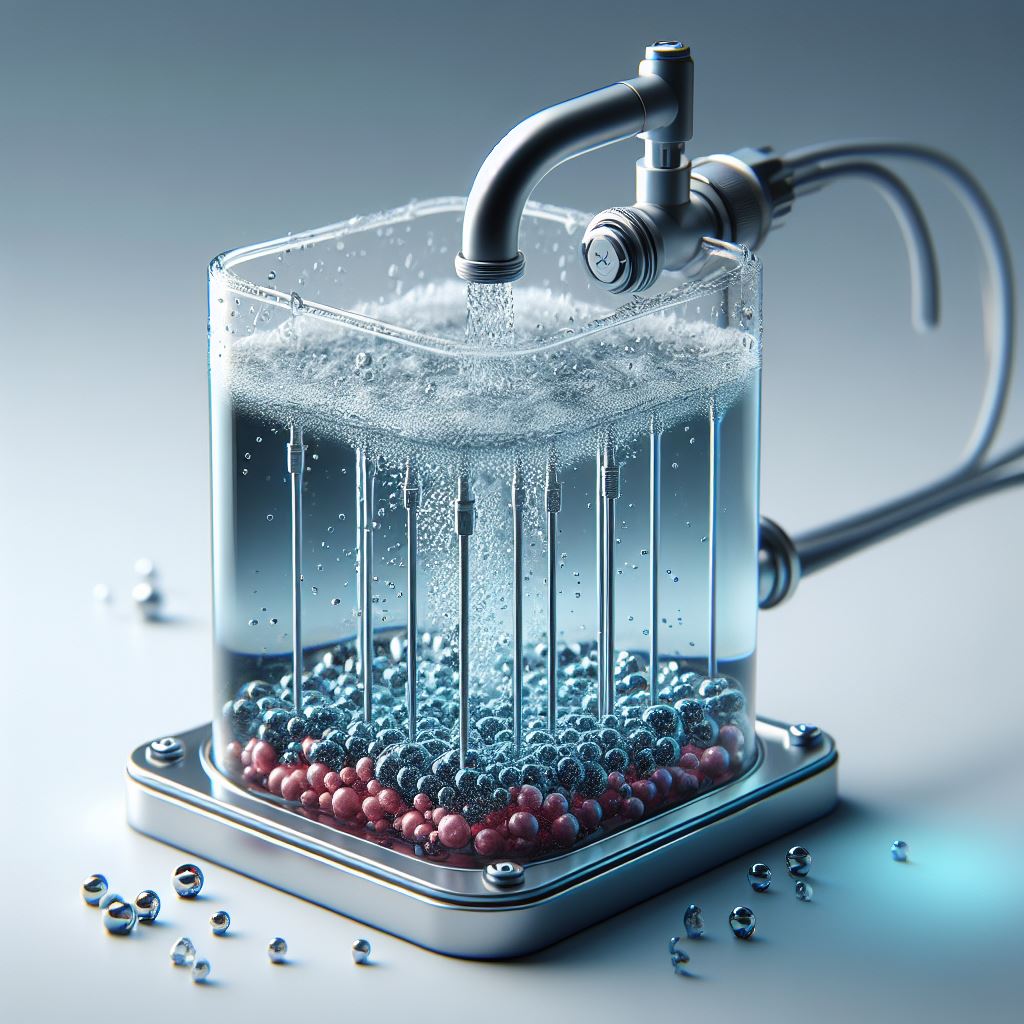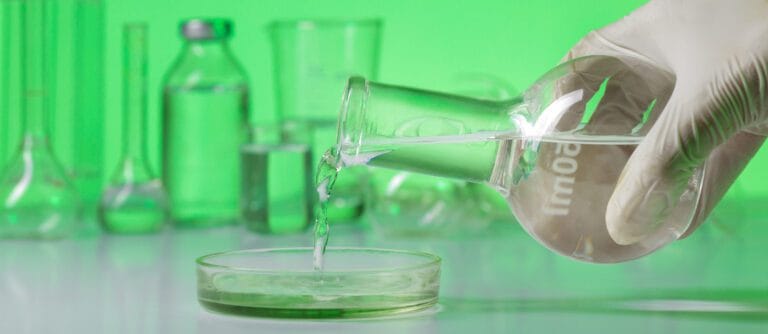
Transforming Energy Storage: The Emergence of Water Batteries

Table of Contents
In the realm of energy storage, lithium-ion batteries have long reigned supreme, offering a compact powerhouse for various applications. However, concerns regarding safety and environmental impact have cast a shadow over their dominance. Now, a groundbreaking innovation promises to reshape the landscape of energy storage: the emergence of water batteries. Explore the future of energy storage with water batteries, sustainable, efficient, and eco-friendly solutions. Learn how this innovative approach is set to revolutionize the way we store and utilize energy.

A Safer Alternative: Aqueous Metal-ion Batteries
The quest for a safer alternative to lithium-ion batteries has led a global team of scientists, spearheaded by RMIT University in Melbourne, Australia, to develop aqueous metal-ion batteries. These innovative “water batteries” offer a compelling solution to the safety concerns associated with traditional lithium-ion counterparts.
Eliminating Fire and Explosion Risks
Unlike lithium-ion batteries, which rely on organic electrolytes prone to overheating and ignition, water batteries utilize water as a substitute, ensuring they remain cool and stable even under pressure. Lead researcher Tianyi Ma emphasizes the inherent safety of these batteries, highlighting their resistance to fire and explosion hazards.
Environmental and Economic Benefits of Water Batteries
One of the primary advantages of water batteries lies in their use of abundant, inexpensive materials like magnesium and zinc, which contribute to lower manufacturing costs compared to traditional battery technologies. These materials are not only more affordable but also pose fewer environmental risks, as they do not involve the toxic and hazardous substances commonly found in conventional batteries, such as lithium or cobalt. As a result, water batteries offer a more sustainable solution for energy storage, minimizing harmful environmental impacts during both production and disposal.
In addition to their environmental benefits, water batteries are highly scalable, making them ideal for large-scale applications such as renewable energy storage. This scalability allows for the storage of vast amounts of energy, helping to address the intermittent nature of renewable sources like solar and wind power. By providing an efficient, cost-effective method for storing excess energy, water batteries can play a crucial role in balancing supply and demand, reducing reliance on fossil fuels, and supporting the transition to a cleaner, more sustainable energy grid.
Overcoming Challenges: Dendrite Growth
A major challenge in battery technology, dendrite growth, has long hindered the performance and longevity of batteries. However, the research team behind water batteries has made a significant breakthrough in overcoming this issue. Through meticulous experimentation, they have successfully developed methods to prevent dendrite formation, which can cause short circuits and degrade battery performance over time. By addressing this critical flaw, the team has enhanced the longevity and reliability of water batteries, making them more practical for everyday use.
This innovation paves the way for high-speed and intensive utilization of water batteries in real-world scenarios, where quick charging and prolonged battery life are essential. With the ability to perform well in demanding applications, water batteries could soon be used in a variety of fields, including electric vehicles, grid storage, and portable electronics. This advancement marks a significant step toward making water batteries a viable alternative to traditional battery technologies, offering both superior performance and environmental benefits.
Integration with Renewable Energy Sources
The synergy between water batteries and renewable energy sources further enhances their appeal. By seamlessly integrating with solar panels, these batteries offer a dependable solution for storing excess energy generated from wind and solar plants. This integration aligns with global initiatives to expand renewable energy capacity and foster sustainability.

Future Prospects: Energy Density and Market Adoption
While water batteries currently exhibit lower energy density compared to lithium-ion counterparts, ongoing research aims to bridge this gap. The development of new nanomaterials holds promise for enhancing energy storage capabilities, paving the way for the widespread adoption of water batteries. The timeline for market penetration suggests a gradual transition, with lead-acid batteries potentially being replaced within one to three years, followed by lithium-ion batteries in the long term, spanning five to ten years.
In the quest for safer, more sustainable energy storage solutions, water batteries emerge as a beacon of innovation. With their inherent safety, environmental benefits, and compatibility with renewable energy sources, they stand poised to revolutionize the way we store and utilize energy. As we embark on a journey towards a greener future, water batteries offer a compelling path forward, driving progress towards a more sustainable and resilient energy ecosystem.








